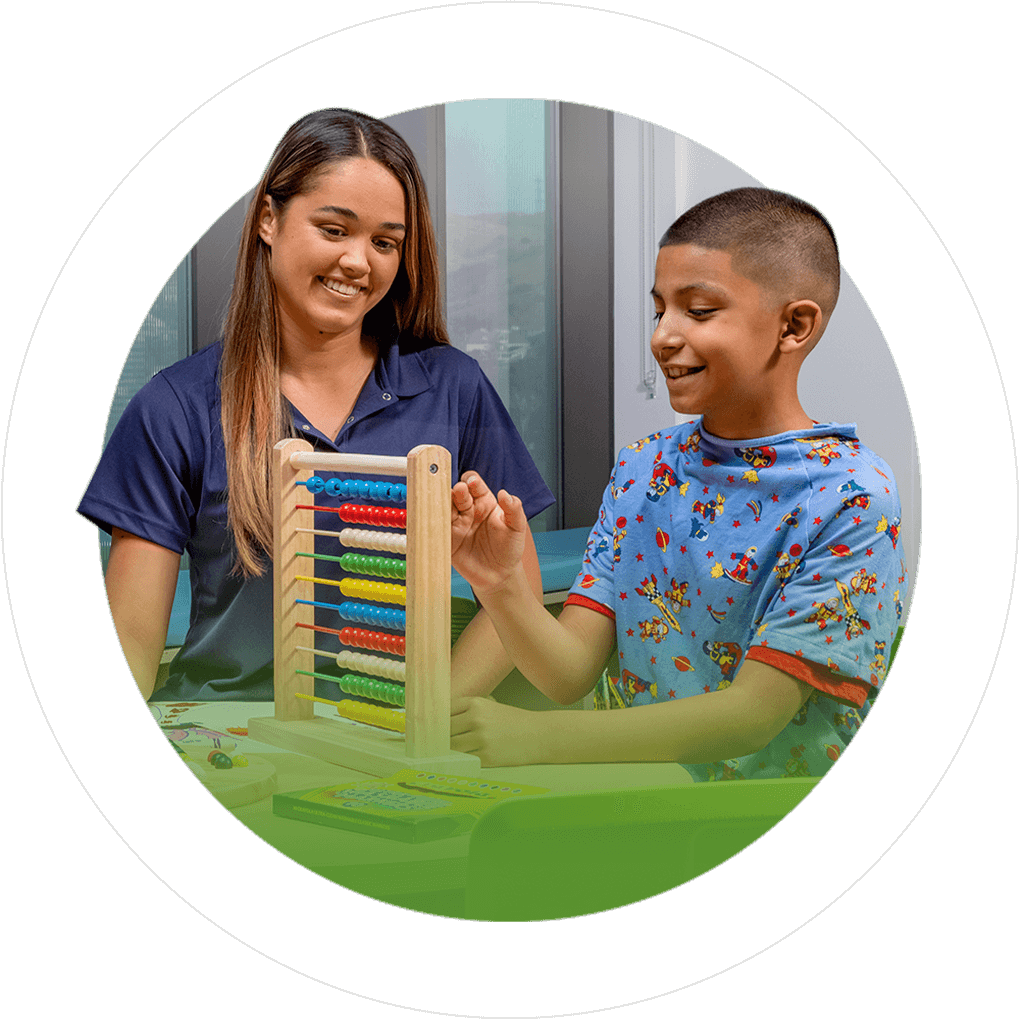Intestinal Malrotation and Volvulus in Children
What is intestinal malrotation in children?
Intestinal malrotation is a birth defect. It happens when your baby’s intestinal tract doesn’t form as it should during pregnancy. Malrotation happens when your baby’s intestine doesn’t turn like it should.
This can cause a problem called a volvulus after your baby is born. In this condition, your baby’s intestine gets twisted. This can cause an intestinal blockage. It also cuts off blood flow to the intestine. This can damage your baby’s intestine.
Most children with this condition have symptoms within the first year of life. Some people who have malrotation go their whole lives without having any symptoms and are never diagnosed. Other people may not have symptoms until adolescence or adulthood.
What causes a malrotation or volvulus in a child?
Malrotation happens in the early stages of pregnancy when your baby’s intestines don’t form the right way. Healthcare providers don't know why this happens.
A volvulus is caused by the malrotation. It causes the small intestine to twist around the superior mesenteric artery. Not everyone who is born with a malrotation will develop a volvulus.
Which children are at risk for a malrotation?
Malrotation happens equally in boys and girls. But more boys have symptoms by the first month of life than girls.
Babies with other health issues have a greater risk of having a malrotation. These problems include diaphragmatic hernia, omphalocele, and duodenal atresia.
What are the symptoms of malrotation and volvulus in a child?
Symptoms can happen a bit differently in each child. They can include:
- Vomiting green digestive fluid (bile)
- Drawing up the legs
- Stomach pain
- Swollen belly
- Diarrhea
- Constipation
- Rectal bleeding
- Failure to thrive
- Fast heart rate
- Fast breathing
- Bloody stools
The symptoms of malrotation may look like other health problems. Your child’s healthcare provider must diagnose this condition.
How are a malrotation and volvulus diagnosed in a child?
Your child's healthcare provider will ask about your child's health history. They will also give your child an exam.
Your child may also need tests that show pictures of the inside of their body (imaging studies). These tests will show the position of your child’s intestine, and whether it’s twisted or blocked.
The tests can include:
Blood tests
Your child may have blood tests to check electrolytes.
Stool guaiac
Your child may have a test to check for blood in their stool.
CT scan
A CT scan shows detailed images of any part of the body. This test will show your child’s bones, muscles, fat, and organs. CT scans are more detailed than general X-rays.
Abdominal X-ray
This test can show if your child has intestinal blockages.
Barium swallow (upper GI series test)
This test looks at the organs in the upper part of your child’s digestive system. For this test, your child will swallow barium. This is a metallic liquid that coats the inside of the organs. This helps them show up better on an X-ray. Then your child’s healthcare provider will take an X-ray of these organs. It can show an abnormal location for the small intestine, blockages, and other problems.
Barium enema
This test looks at the large intestine. The healthcare provider will put barium into your child's rectum as an enema. The healthcare provider will take X-rays of the belly. This can show that your child’s large intestine isn’t where it should be.
Flexible sigmoidoscopy
This test is done to check for volvulus. The healthcare provider puts a small tube with a light and camera through the rectum to look at the lower part of your child’s gastrointestinal (GI) tract, rectum, and colon.
How are a malrotation and volvulus treated in a child?
Treatment will depend on your child’s symptoms, age, and general health. It will also depend on how severe the condition is.
A volvulus is a life-threatening problem. This is because the intestine can die when it’s twisted and doesn’t have enough blood supply.
Your child may need IV (intravenous) fluids to prevent dehydration. They may also need antibiotic medicine to prevent an infection. Your child may also need an NG (nasogastric) tube. This tube may be guided from your child’s nose, through the throat and esophagus, to the stomach. This can keep gas from building up.
A child with a volvulus needs surgery as soon as possible. Your child’s surgeon will untwist the intestine. They will also check it for damage. Your child’s intestine will turn pink after it’s unwound and circulation comes back.
If your child’s intestine is healthy, it will be put back into their belly. This will move the location of your child’s appendix. This can make it hard for healthcare providers to diagnose appendix problems in the future. Because of this risk, your child’s appendix will also likely be taken out at this time.
If your child’s healthcare provider isn’t sure about the blood supply to the intestine, your child’s intestine may be untwisted and put back into your child’s belly. Your child will have another surgery 24 to 48 hours later. If the intestine has been damaged, the injured section will be removed.
If the injured section of intestine is large, a big part of the intestine may be taken out. In this case, your child will need a colostomy for their digestive system to work as it should.
In a colostomy, the two healthy ends of intestine are brought through openings in the belly. Stool will pass through the opening (stoma) and then into a collection bag. The colostomy may be temporary or permanent. This depends on the amount of intestine that was removed.
What are possible complications of a malrotation or volvulus in a child?
Volvulus can cause a blockage in your child’s intestine. This can keep food from being digested well. This can also cause blood supply to the twisted part of the intestine to be cut off. This can lead to the death of that part of the intestine.
Malrotation can also cause Ladd bands. These are stalks of tissue that form between the cecum and the intestinal wall. This can also form a blockage and keep food from being digested.
A child can become dehydrated quickly when an intestinal blockage happens.
How can I help my child live with a malrotation?
Most children who have a volvulus fixed with surgery often have no long-term problems if there wasn’t any intestinal damage.
Children with intestinal injury who had the damaged part removed may have long-term problems. Taking out a large part of the intestine can affect digestion. This can keep your child from getting enough food and liquids. You should offer your child food and liquids often to make sure they are getting enough nutrients.
Key points about malrotation and volvulus in children
- Malrotation happens when the intestine doesn’t turn like it should. A volvulus happens when the intestine becomes twisted. This causes an intestinal blockage.
- The most common symptoms are vomiting bile, stomach pain, diarrhea or constipation, and bloody stools.
- A volvulus is considered a life-threatening problem. This is because the intestine can die when it’s twisted and doesn’t have enough blood supply.
- If your child has a volvulus, they will likely have surgery as soon as possible to prevent damage.
- Most children who have a volvulus fixed with surgery often have no long-term problems if there wasn’t any intestinal damage.
Next steps
Tips to help you get the most from a visit to your child’s healthcare provider:
- Know the reason for the visit and what you want to happen.
- Before your visit, write down questions you want answered.
- At the visit, write down the name of a new diagnosis and any new medicines, treatments, or tests. Also write down any new instructions your provider gives you for your child.
- Know why a new medicine or treatment is prescribed and how it will help your child. Also know what the side effects are.
- Ask if your child’s condition can be treated in other ways.
- Know why a test or procedure is recommended and what the results could mean.
- Know what to expect if your child does not take the medicine or have the test or procedure.
- If your child has a follow-up appointment, write down the date, time, and purpose for that visit.
- Know how you can contact your child’s healthcare provider after office hours, and on weekends and holidays. This is important if your child becomes ill and you have questions or need advice.









